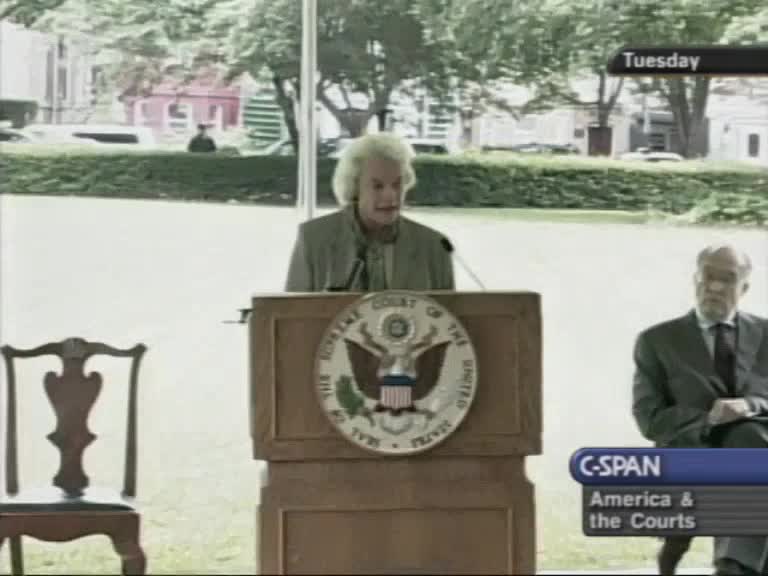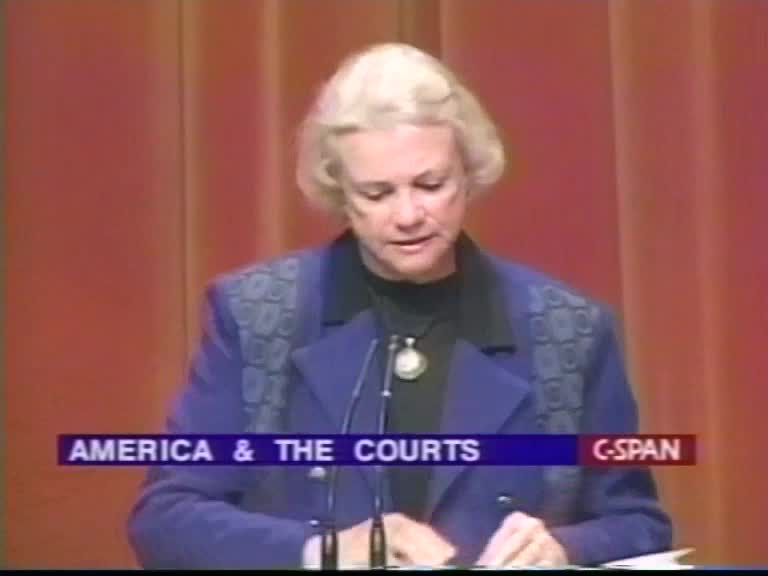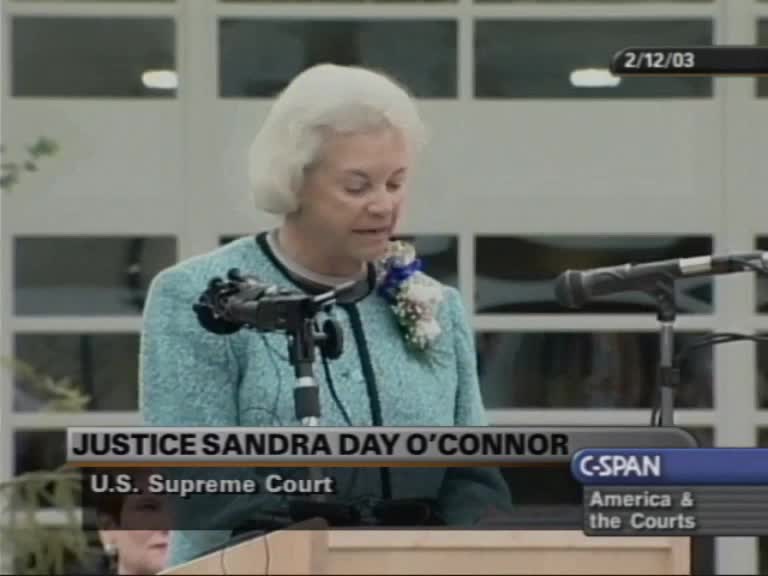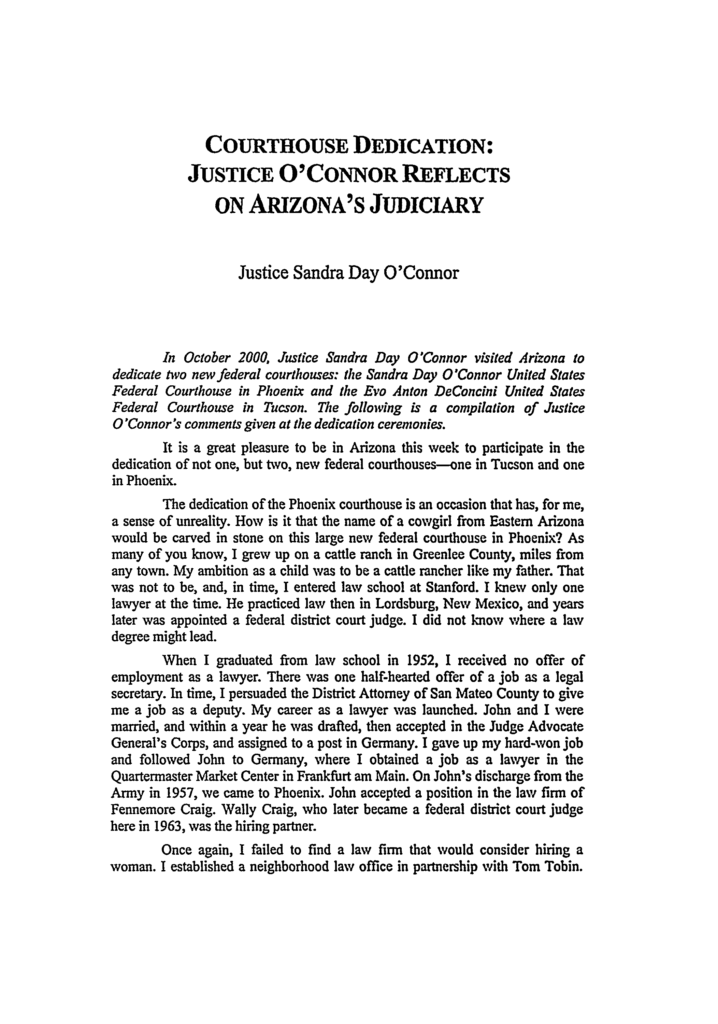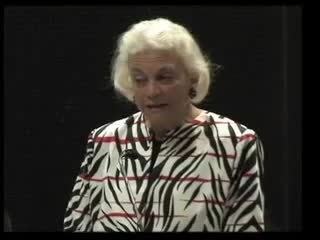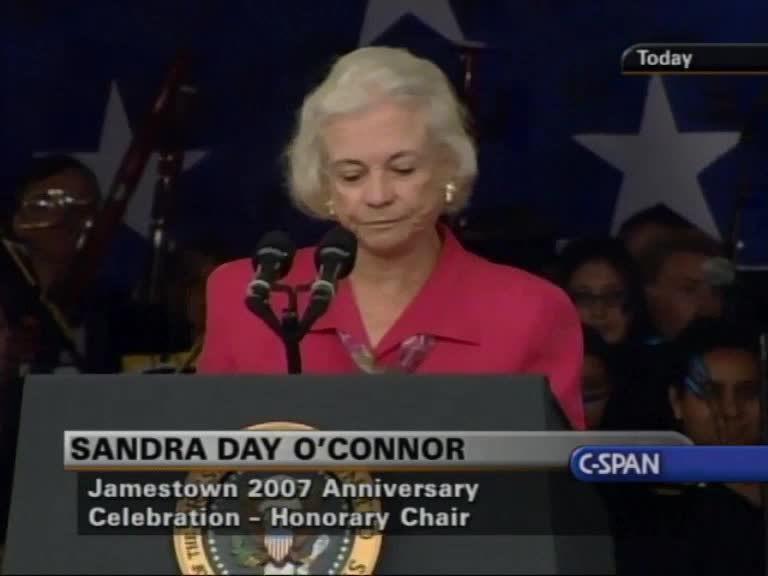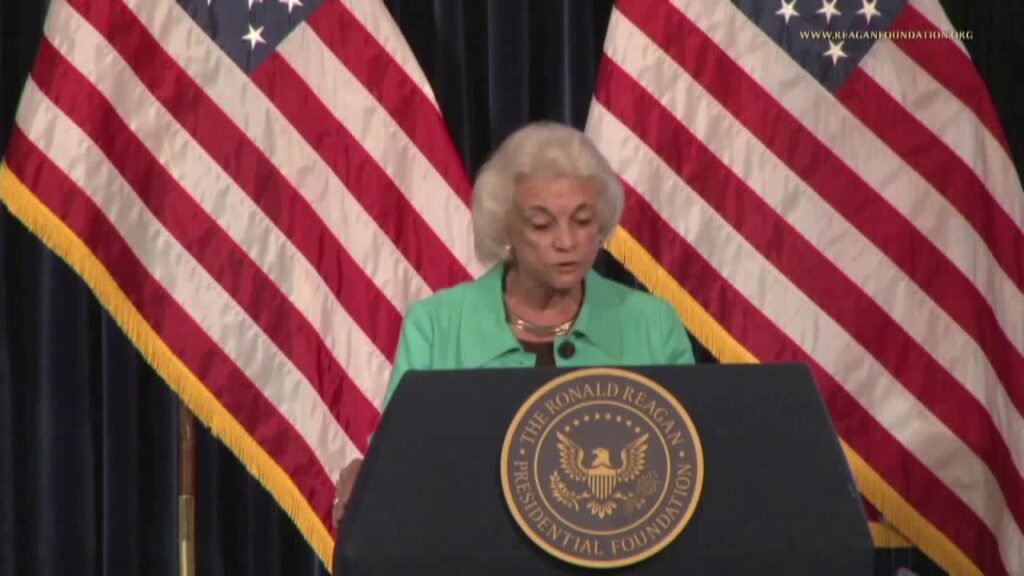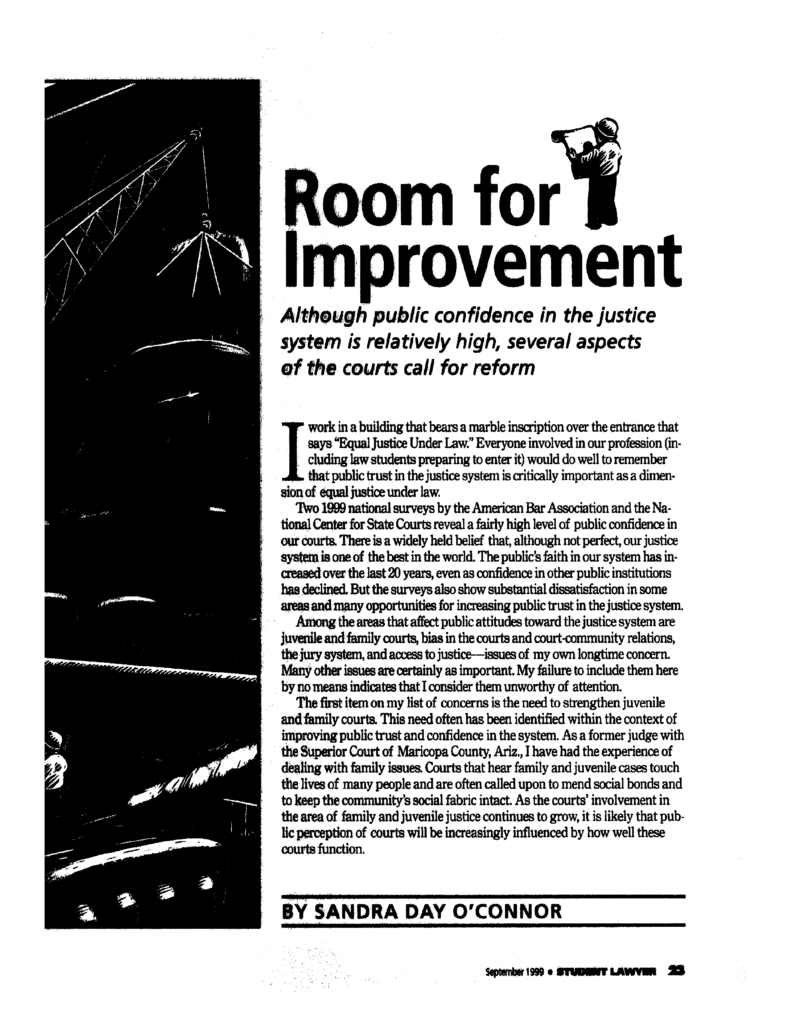Speech at groundbreaking ceremony for the modernization of the Supreme Court building
William Rehnquist Good afternoon. It’s my pleasure to welcome you to the groundbreaking ceremony for the modernization of the Supreme Court building 72 years ago in the spring of 1931, the work of digging the foundation for our beautiful building began. Four years later, on April 4 1935, the building was completed. The total cost, including furnishings was less than $10 million. And it came in under budget, with almost $100,000 returned to the Treasury. The runner vision project for which we break ground today is scheduled to take five years, and it cost 120 $2 million. when it’s completed, I hope that we will again be returning funds to the Treasury, but I’m not betting on it. William Howard Taft, who served as Chief Justice from 1921 to 1930, was the moving force behind constructing a separate building for the court. Although he did not live long enough to see it completed. Until this building open, the court did not have a home of its own. From 1800 and one until 1935. It occupied cramped quarters across the street in the capital, very much at the sufferance of Congress. And most justices worked out of their homes. having its own building was a great symbolic importance to the court. The building has been Captain excellent repair, and looks as beautiful today as when I first saw it, February of 1952. But after nearly 70 years, it’s overdue for renovation. I would like to thank the members of the courts building committee, particularly Justice O’Connor, who chairs the committee,

